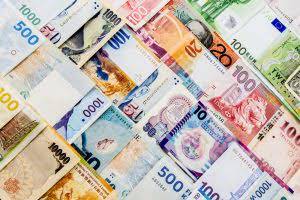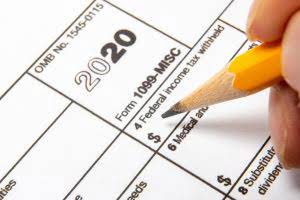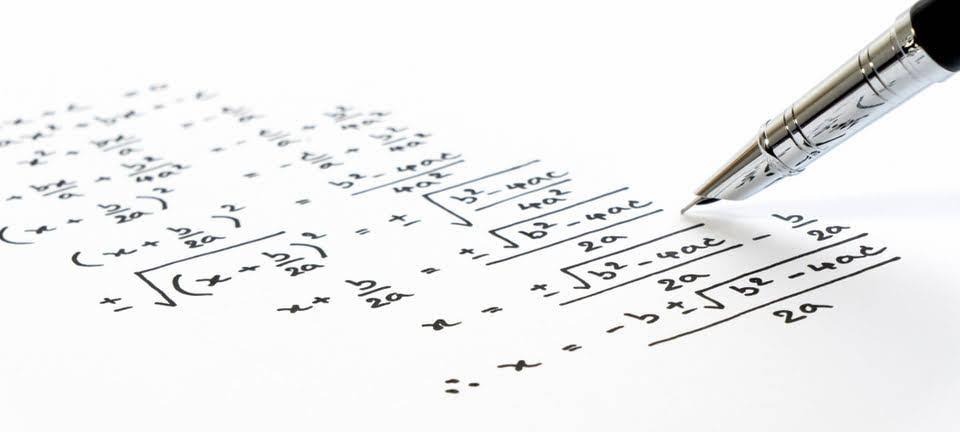
The higher the percentage of fixed costs, the higher the bar for minimum revenue before the company can meet its break-even point. Average fixed cost, also referred to as fixed cost per product, assigns each piece of merchandise a cost to compensate for all the fixed costs needed to operate the company. Therefore, if you are aiming unearned revenue to increase the profitability of your business, you will have to make use of all the opportunities to reduce the fixed cost of your business. Depending on the characteristics of the fixed costs, they are either recorded as short-term liabilities or long-term liabilities on the balance sheet.
Advantages of Managing Fixed Costs
- Our team is ready to learn about your business and guide you to the right solution.
- This may lead to unhappy customers, who may take their business elsewhere, resulting in a decrease in revenue and lower profits in the long run.
- Fixed costs on the balance sheet may be either short- or long-term liabilities.
- This measures the costs that are directly tied to production, such as the costs of raw materials and labor.
- Examples of fixed costs include rent, salaries, utility bills, and insurance.
- Adam Hayes, Ph.D., CFA, is a financial writer with 15+ years Wall Street experience as a derivatives trader.
These costs are recorded separately in the company’s accounting, allowing the business to determine which expenses are necessary to generate revenue and to operate more efficiently. Operating costs do not include non-operating expenses necessary for financing a business, such as currency translation fees, interest on debt, or investments. A company’s operating income is calculated by subtracting operating costs from revenue, and these values are shown on its income statement.
- These companies will likely struggle with cash flow and financial sustainability when they can’t control similar fixed financial obligations.
- To find the marginal cost for a given quantity, just substitute the value for Q into each expression.
- Her areas of expertise include accounting system and enterprise resource planning implementations, as well as accounting business process improvement and workflow design.
- Building rent ($4,000), employee salaries ($100,000), supplies ($3,000) and a website ($300) are their fixed costs.
Fixed costs vs. variable costs
- Depending on their nature, licenses and permits are typically fixed costs.
- This option is suitable if your business has a detailed list of expenses.
- The first step in calculating her total monthly fixed costs is to break down each cost into its monthly amount.
- Look for expenses that don’t change, regardless of your business’ quantity of output.
- In particular, a clear understanding of your fixed costs allows you to set accurate budgets and calculate important financial metrics like your break-even point (BEP).
- Understanding fixed vs. variable costs means understanding how to categorize your business costs.
Imagine a vehicle rental business charging per-mile charge along with a base rate. Hiring vehicles from this company means paying the base cost (which remains fixed) and per-mile cost (which varies depending on the distance). Now, it’s time to separate fixed and variable expenses — business costs that remain the same or fluctuate with production or sales. The idea is to find and itemize costs that remain fixed for a period. Fixed costs provide businesses with crucial insights for financial planning. For example, companies with skyrocketing fixed expenses may not make substantial profits.
Add These Costs Together to Find the Total Fixed Costs

For instance, let’s say that the software you use comes with an annual subscription and you want to calculate your monthly TFC. In this case, you should divide your annual subscription by the number of months during a year to find the monthly fixed cost of your software subscription. But, property tax almost always counts as a fixed cost as it doesn’t change based on the occupancy of the property. In effect, companies with high operating leverage take on Interior Design Bookkeeping the risk of failing to produce enough revenue to profit, but more profits are brought in beyond the break-even point. Break-even analysis is often a component of sensitivity analysis and scenario analysis performed in financial modeling.

Market Momentum Tracker Analysis – 28-05-24
The high-low method of separating costs is illustrated using the following information over a six-month period. Operating costs are the ongoing, daily expenses necessary for running a business. In effect, a company with low operating leverage can be at an advantage during economic downturns or periods of underperformance. Additionally, you would even be able to receive and automatically record your online payments through its dashboard. Simultaneously, you would even be able to track the cost of goods sold.

What are variable costs?
For example, a company can only increase production so much in a single factory. At some point, it will need to expand to a second factory to keep growing, which would then increase its fixed costs. In this example, the average fixed cost for your manufacturing company is $30 per unit. Outdated or inaccurate data can lead to incorrect calculations and flawed decision-making. Ensure that your financial statements are updated regularly, and double-check all data used in your calculations. When calculating fixed costs, it’s important to be accurate and avoid common mistakes.
Even fixed costs can how to calculate fixed cost change over time, but the change will not be related to production. High fixed costs may require a business to achieve significant sales volumes to cover these expenses, making it more challenging to scale operations quickly. Conversely, businesses with lower fixed costs may find it easier to scale.

Businesses can easily measure the new venture’s economic sustainability and profit potential with the analysis. As a result, businesses can forecast necessary costs and budget accordingly. Therefore, using the high-low method, we estimate the variable cost per unit is $12 and fixed costs are $35,000. Fixed costs remain the same in terms of their total dollar amount, regardless of the number of units manufactured or sold. These are general expenditures that cannot be traced to any one item sold and may include electricity, insurance, depreciation, salary, and rent expenses. Like any financial metric, operating costs shouldn’t be evaluated in isolation.

